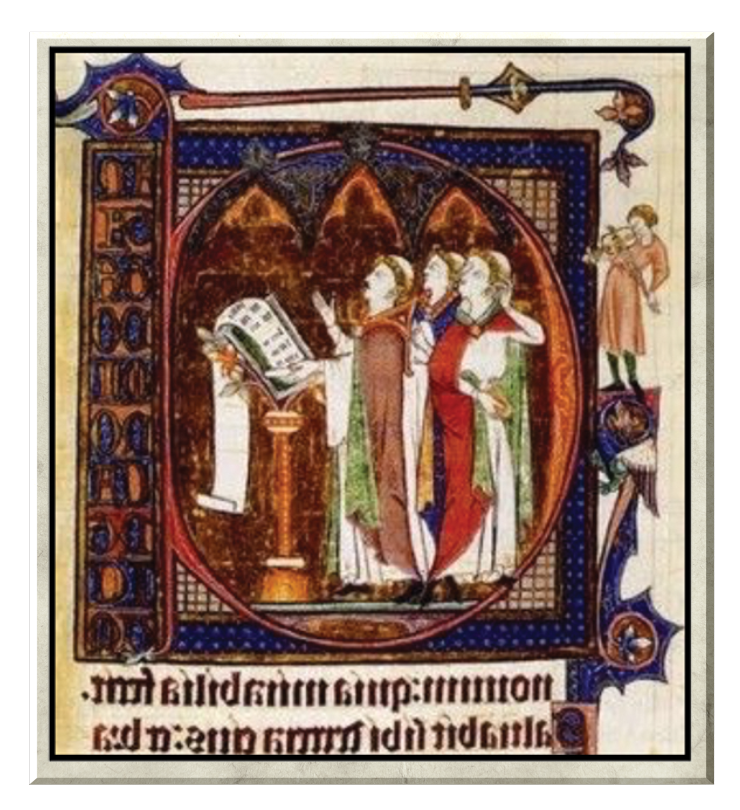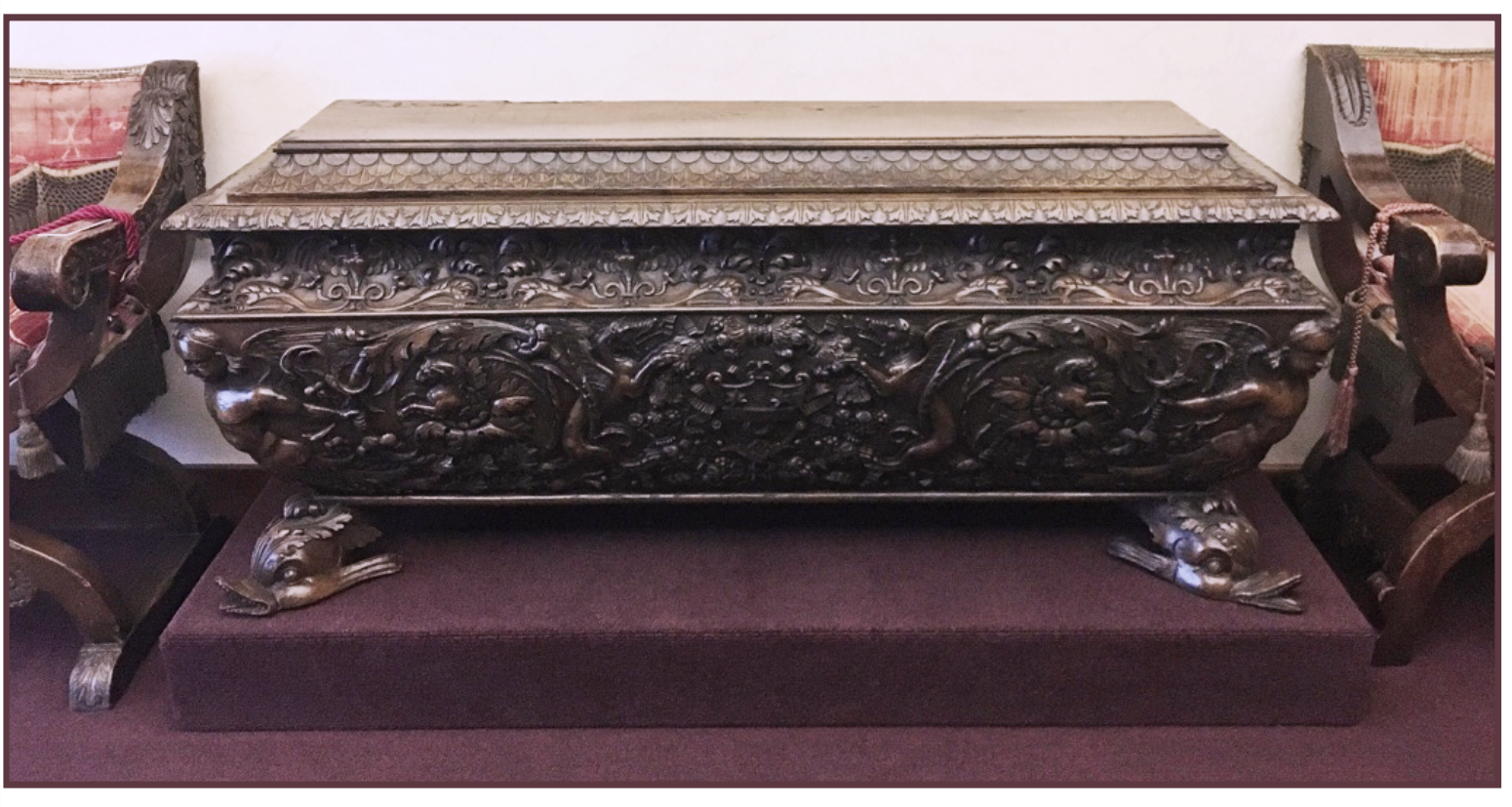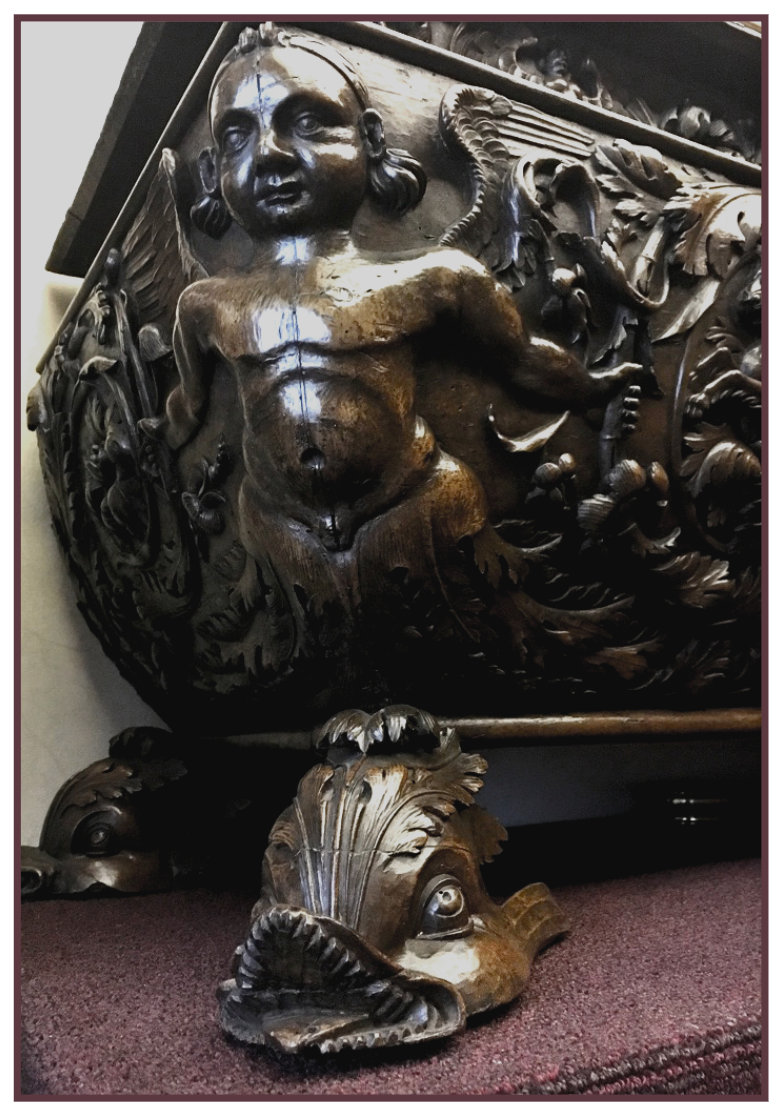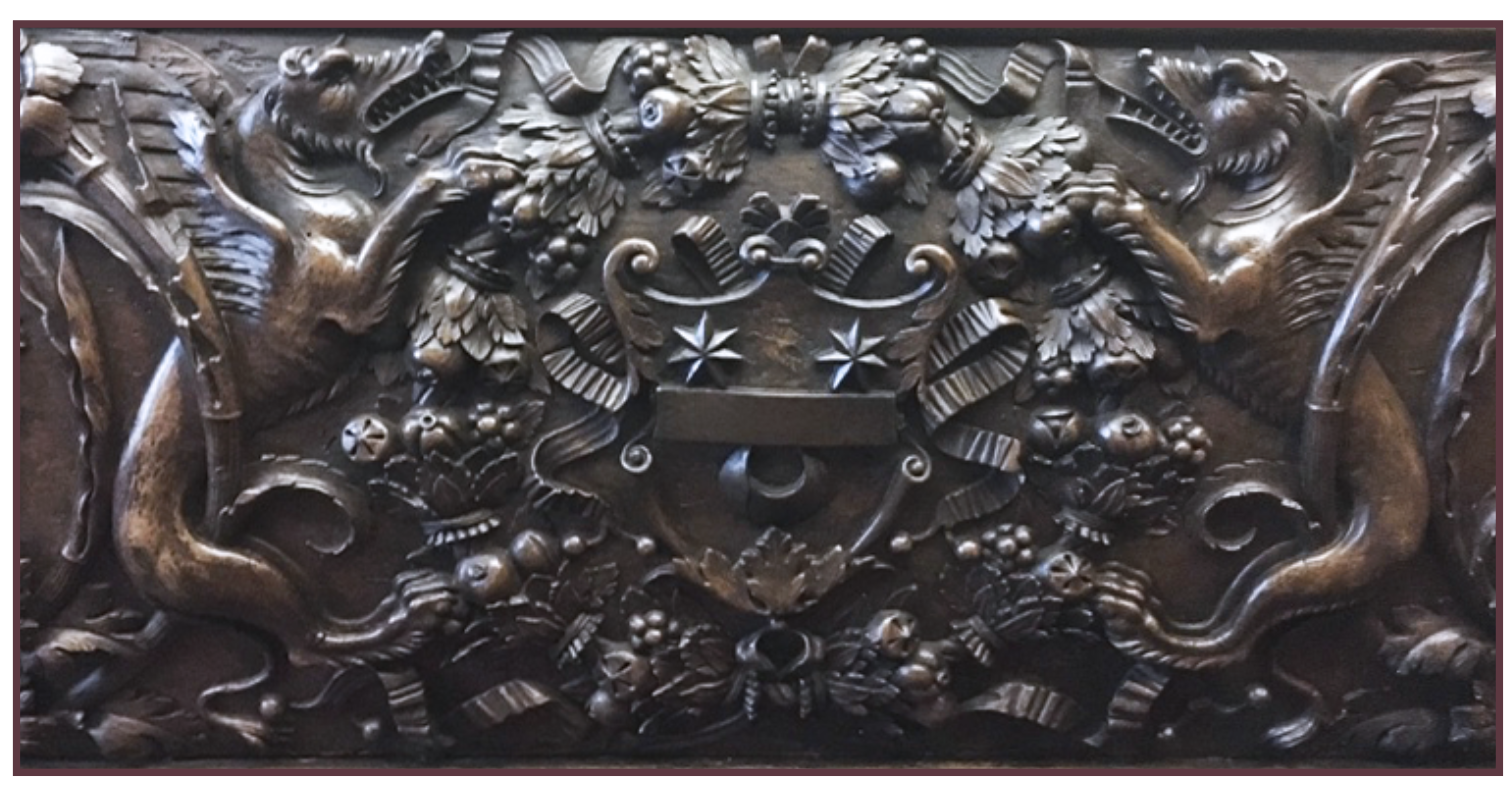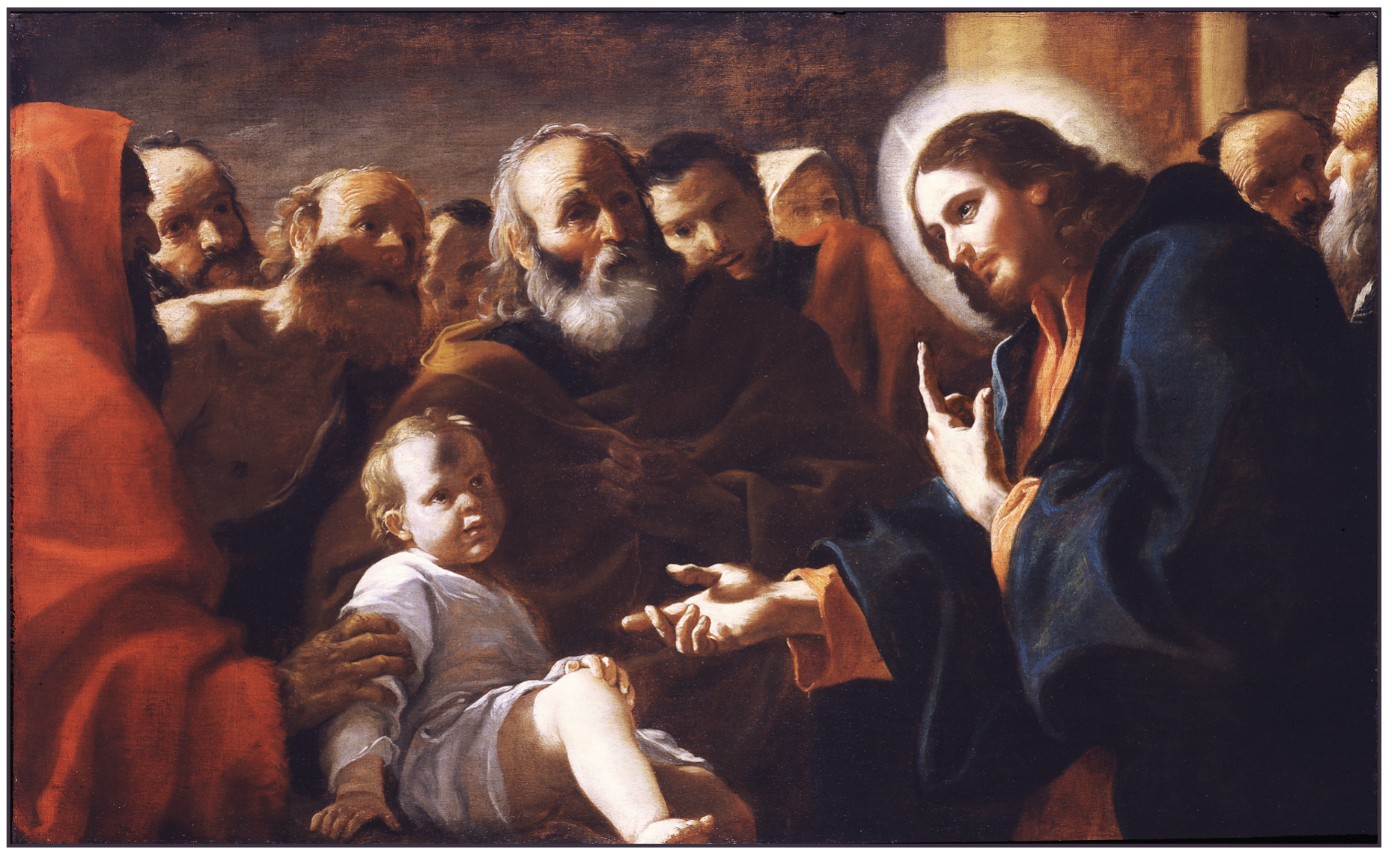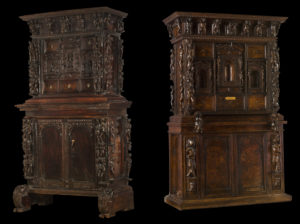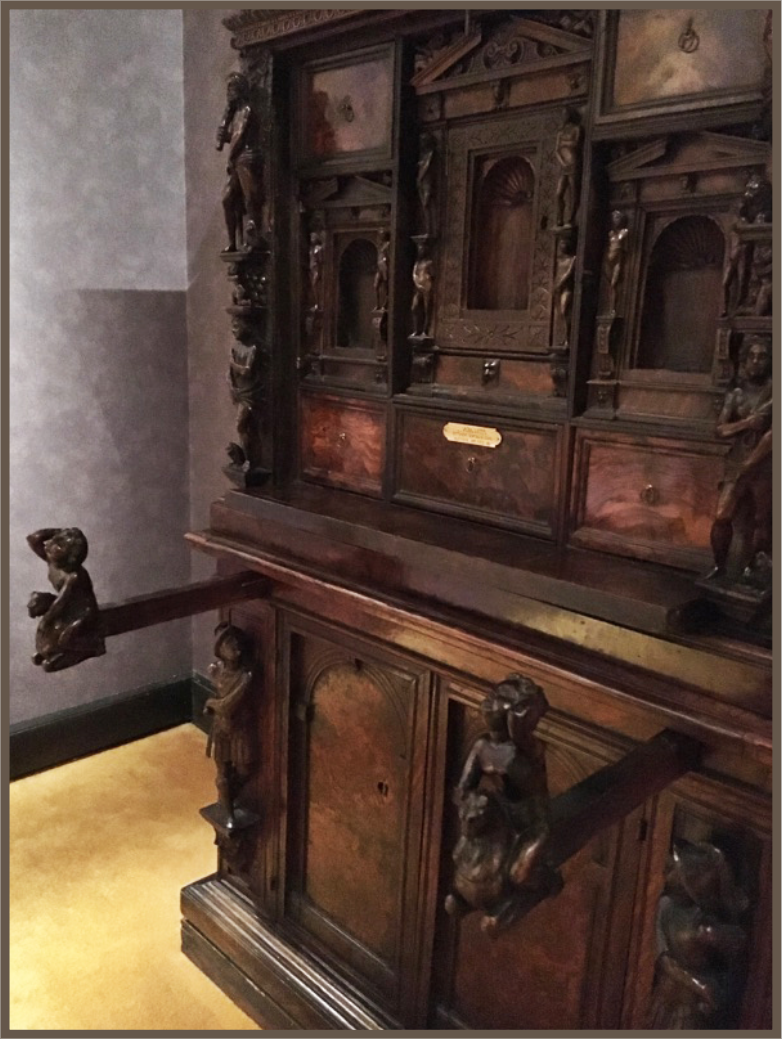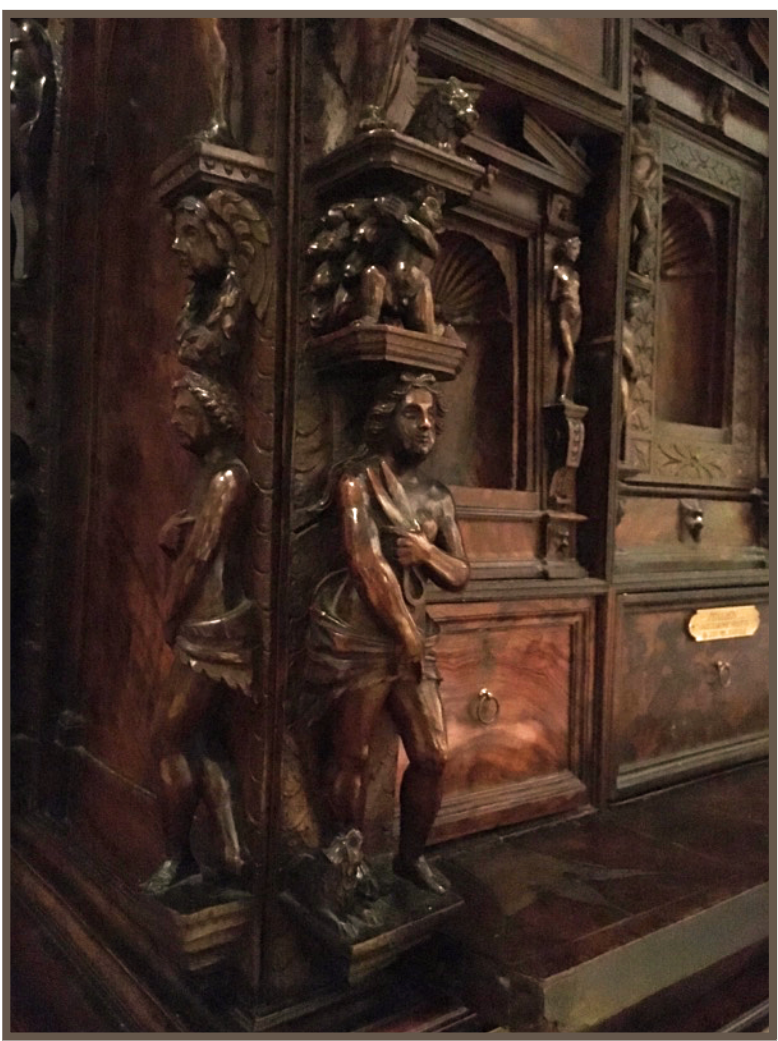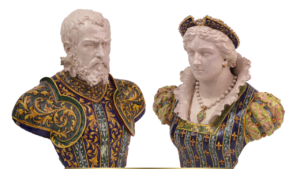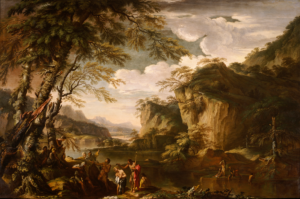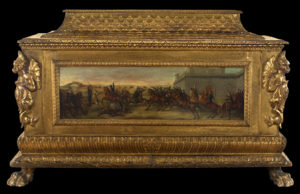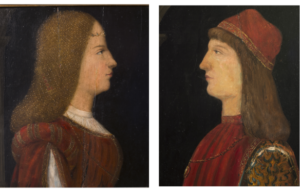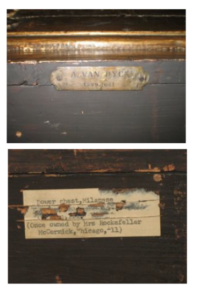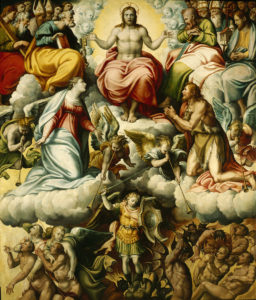Antiphonary
Vellum
Italian, 16th century
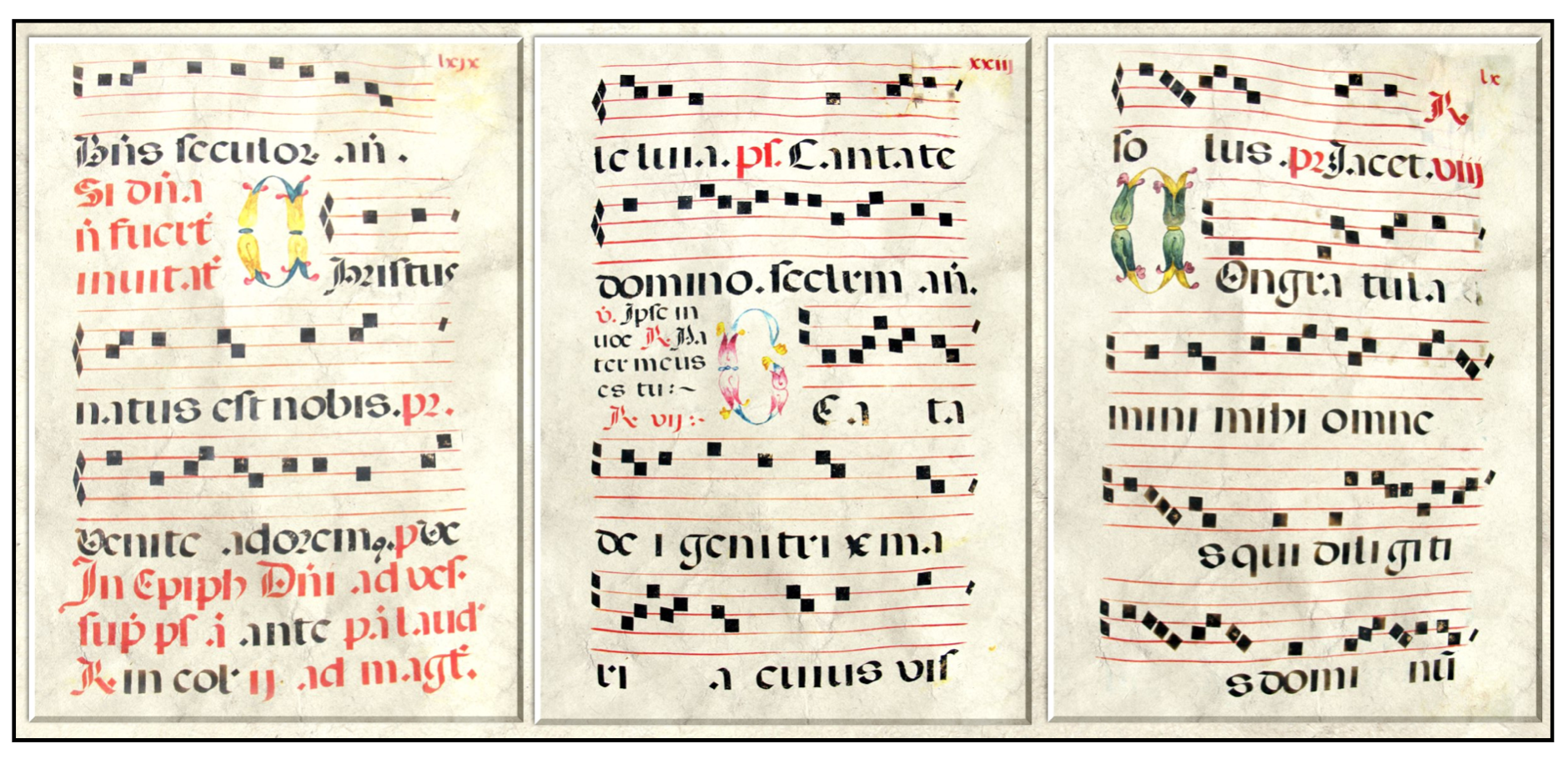 Antiphonary pages from the Museum & Gallery at Bob Jones University
Antiphonary pages from the Museum & Gallery at Bob Jones University
Antiphonaries are collections of various chants sung for the prayer hours, the Divine Office, of the Western church. Such collections date as far back as the eighth century. The chants consist primarily of antiphons and psalms. In the Middle Ages all 150 psalms were sung each week during the Divine Office.
Antiphons were musical and textual additions which anonymous medieval composers added to the chanting of the psalm. Most often the antiphon texts were carefully selected to match the content of the psalm at hand. They could be drawn from other biblical passages, including the New Testament, from older hymns, or from new, original texts. For example, for the chanting of Psalm 23, the antiphon text might have been from John 10:11, “I am the good shepherd.” This antiphon text would be sung before and after the chanting of the psalm, forming a musical frame.
The collections would be organized according to the church calendar and within that according to the order of the prayer hours beginning with Matins. Antiphonaries are generally quite large because the choir would stand around it in a group in order to sing from it, similar to the picture below. A large music stand held it at the proper level.
The Antiphonary in M&G’s collection dates to the beginning of the 16th century. It came to M&G in 1960 acquired at an auction on November 11 and 12 at the Parke-Bernet Galleries from the Myron C. Taylor Collection, NY.
M&G’s Antiphonary is incomplete, consisting of 154 leaves (pages). The parts of the church calendar within it include the Offices for the Christmas feasts, the Circumcision, the Epiphany, the Ascension, and Pentecost. Notably absent are the services for Easter.
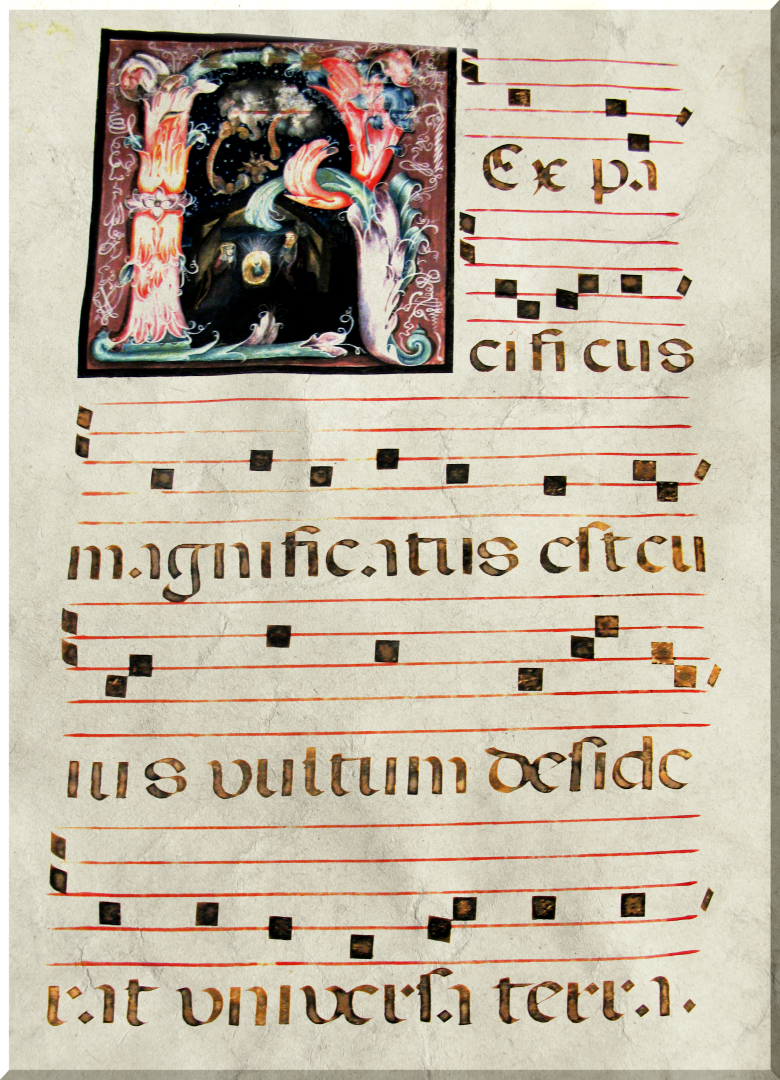 Similar to many other antiphonaries, this one also illuminates and decorates many capital letters. The first line of this page reads Rex pacificus magnificatus translated as “The King of Peace is magnified.” The first letter, the R, contains a nativity scene, colored in pastels, appropriate to its position for Vespers on Christmas Day. M&G is beginning to translate the leaves in the antiphonary and orient them to their position in the church calendar and order of service.
Similar to many other antiphonaries, this one also illuminates and decorates many capital letters. The first line of this page reads Rex pacificus magnificatus translated as “The King of Peace is magnified.” The first letter, the R, contains a nativity scene, colored in pastels, appropriate to its position for Vespers on Christmas Day. M&G is beginning to translate the leaves in the antiphonary and orient them to their position in the church calendar and order of service.
Dr. Karen Wilson, M&G volunteer and retired music professor from Bob Jones University
Published in 2018
